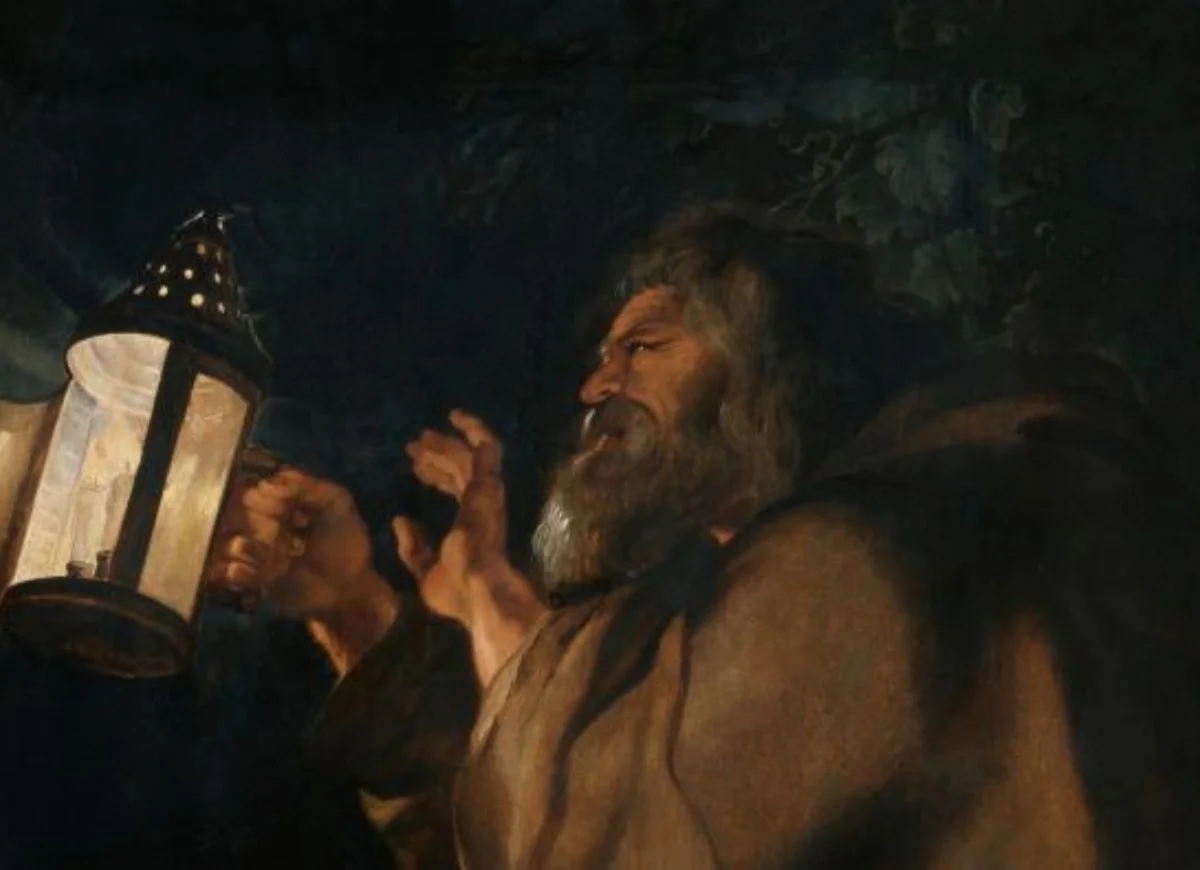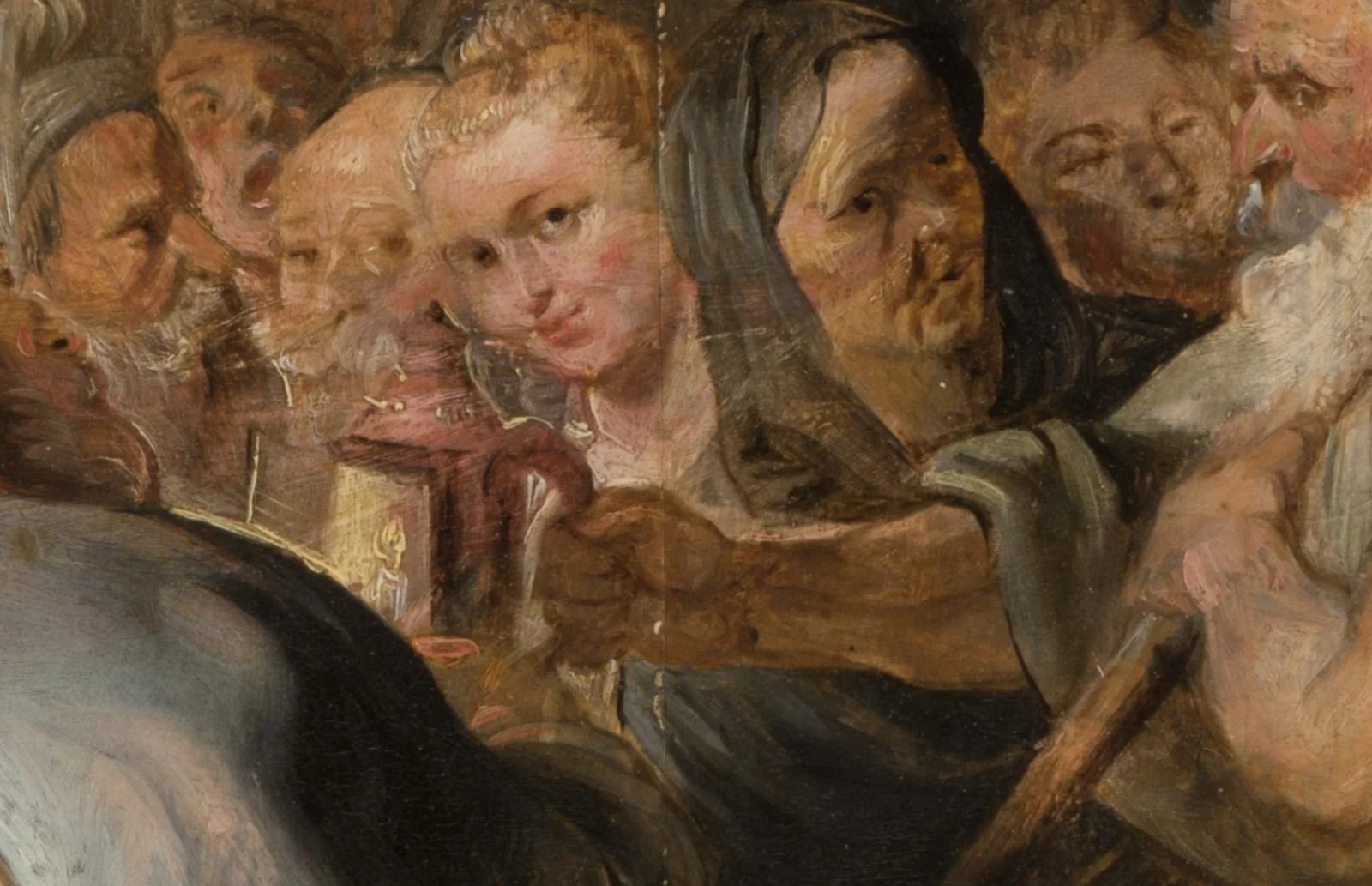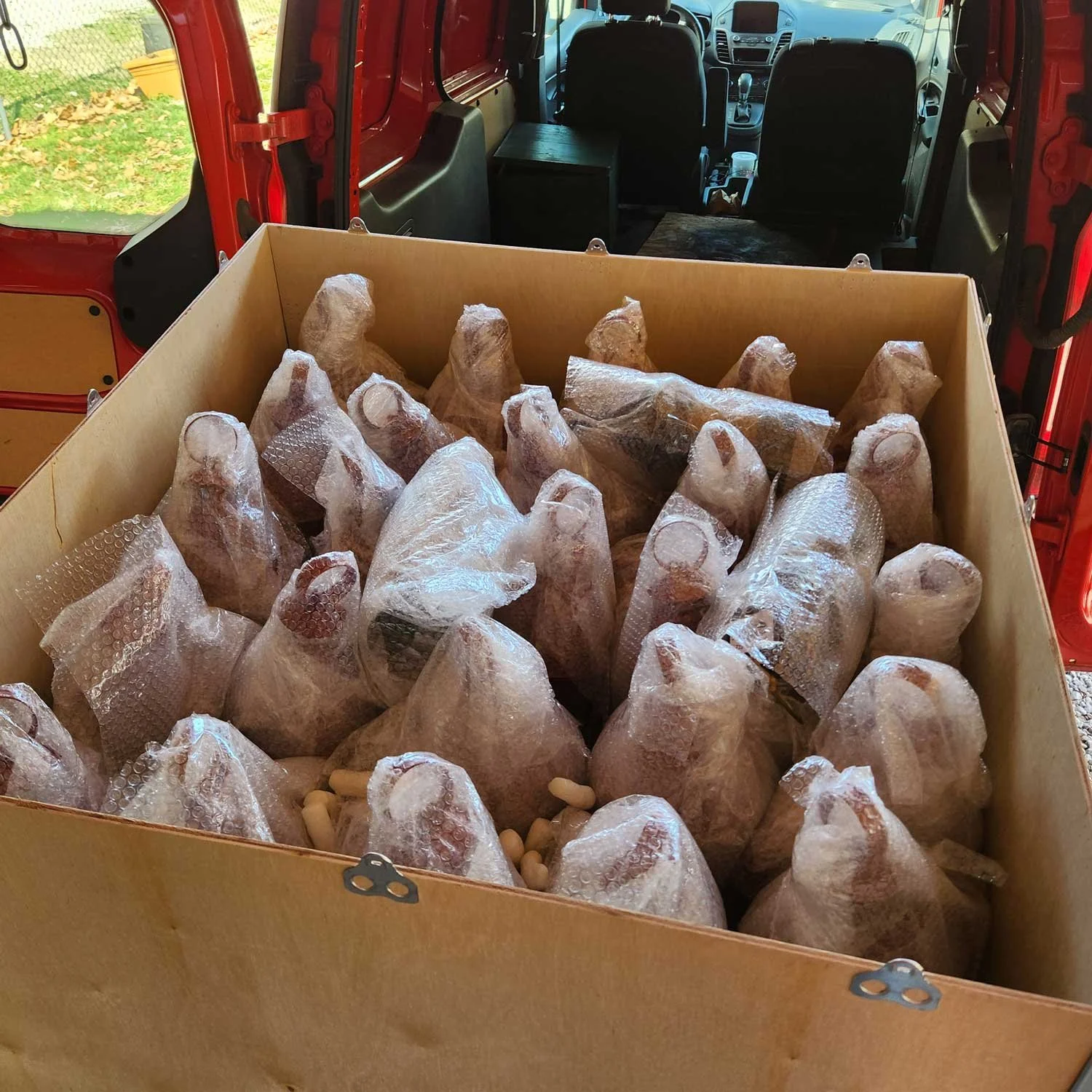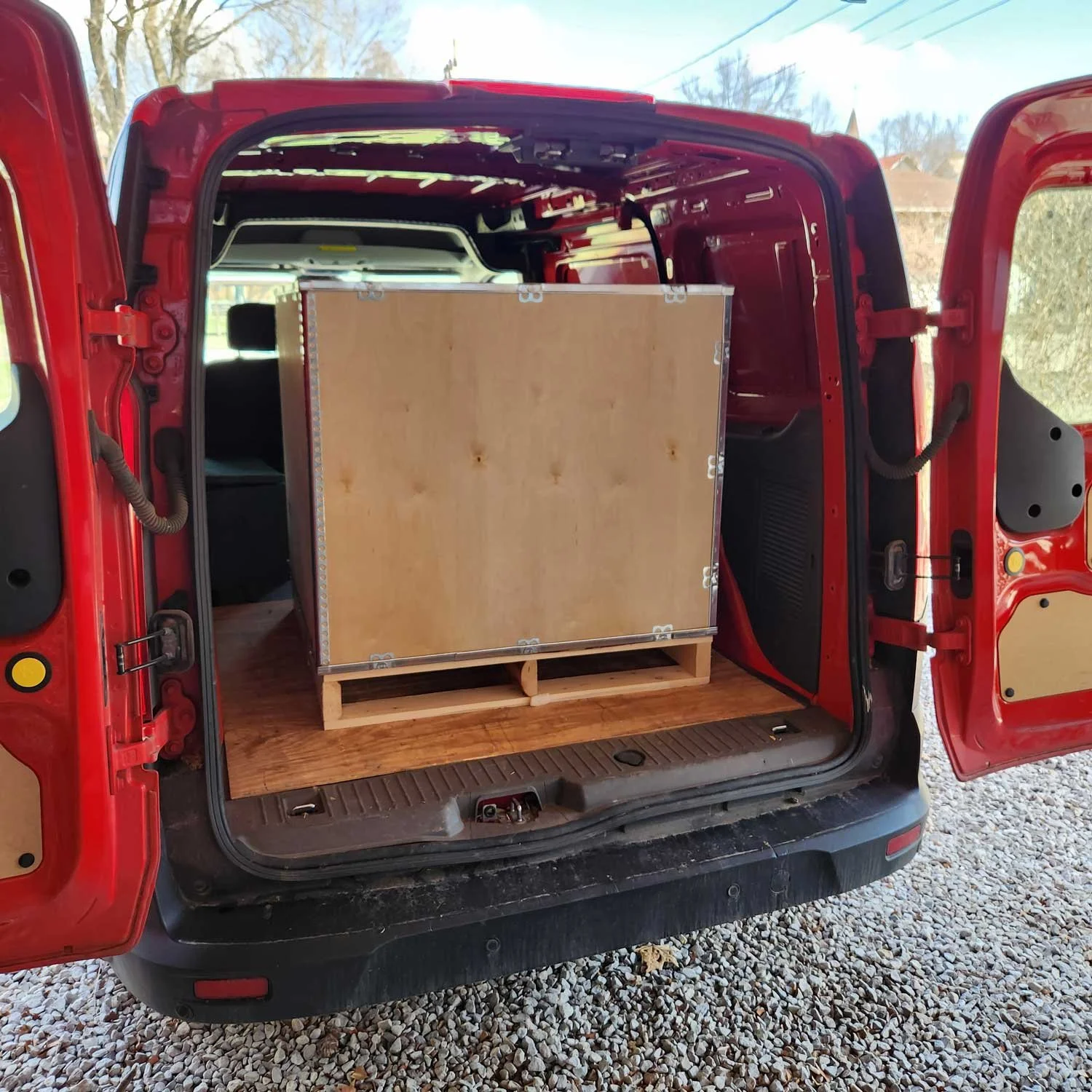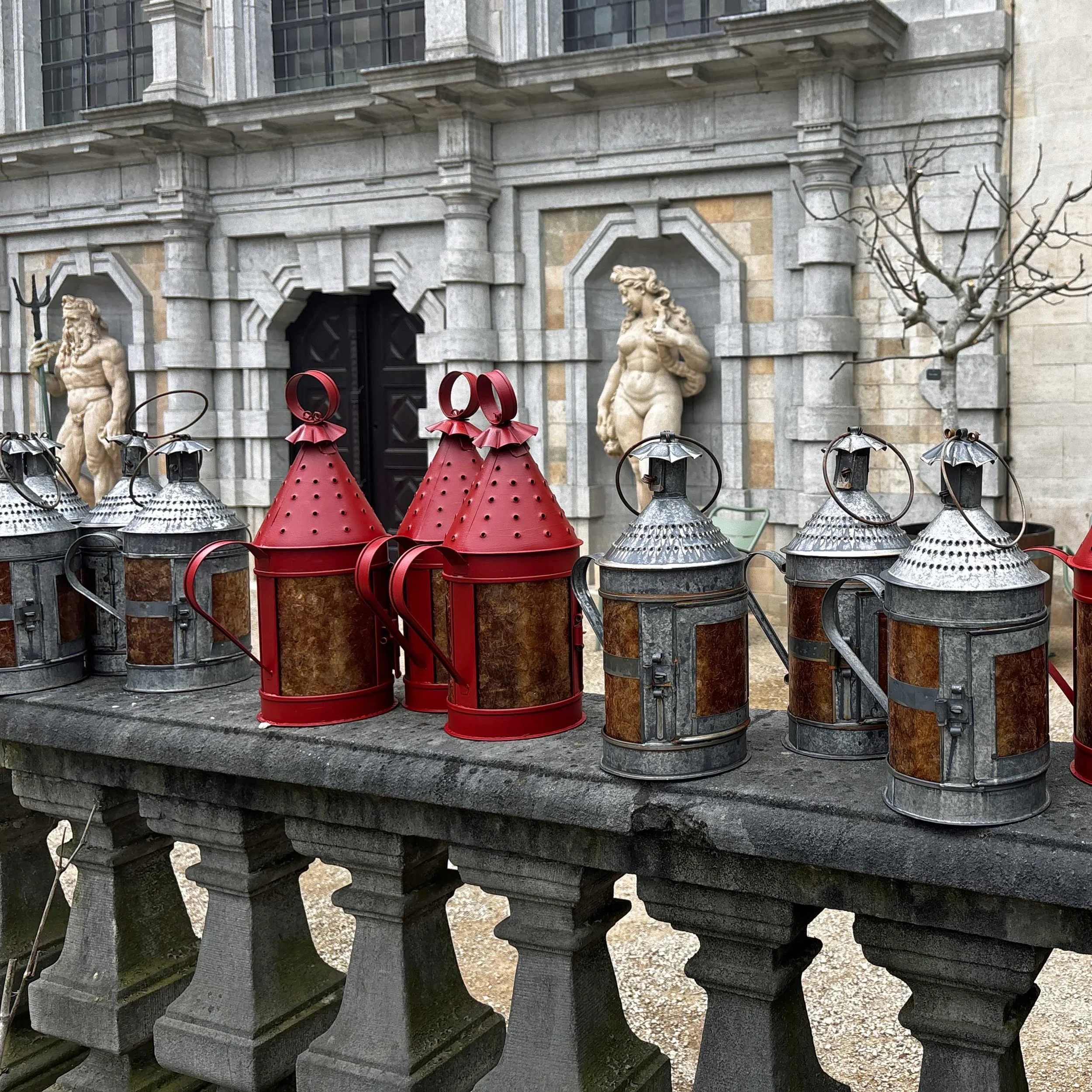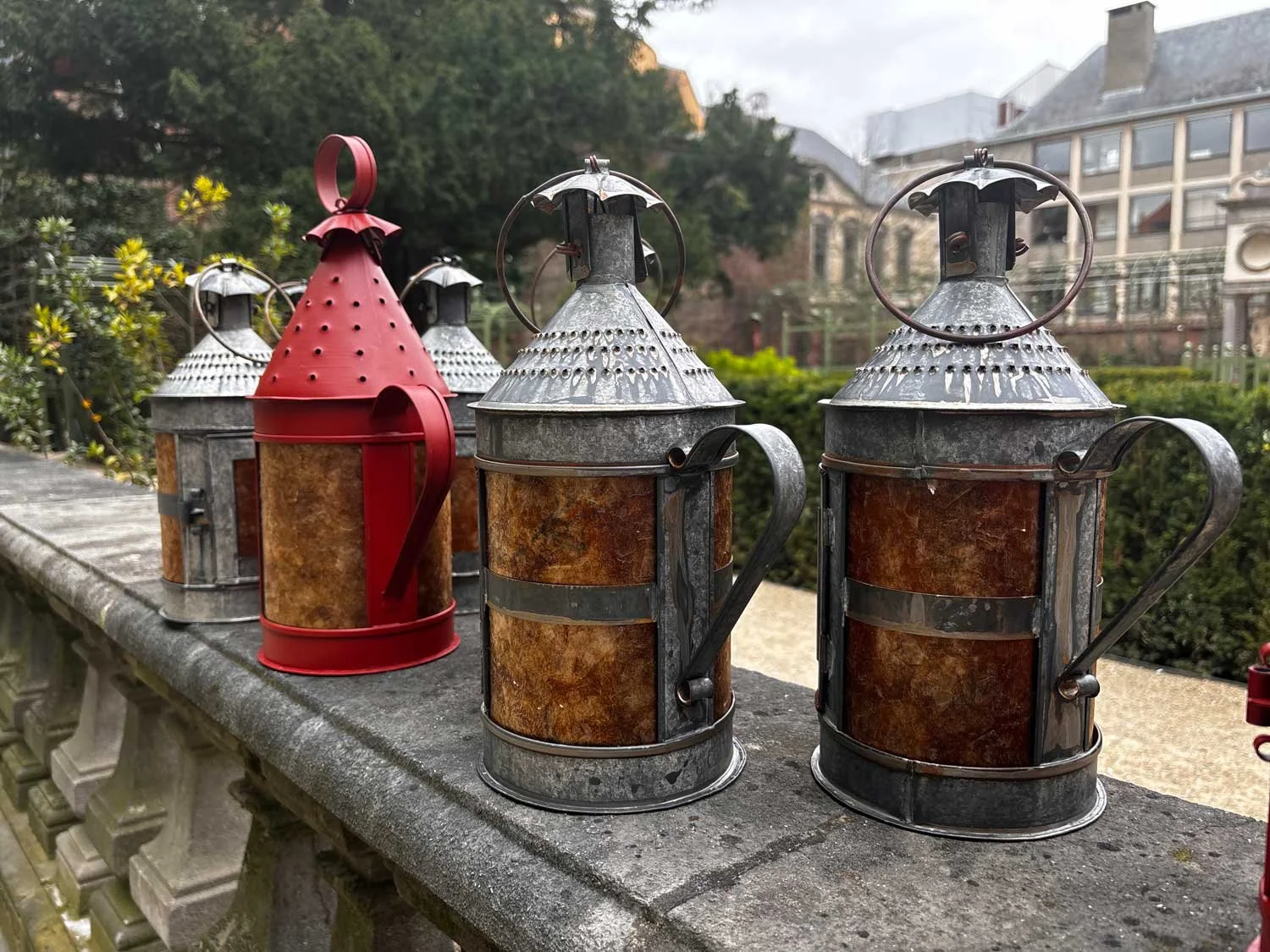I made lanterns for the Rubenshuis Museum!
Every now and then, a huge opportunity presents itself, and to me, that is unexpected, exciting, and terrifying all at once. For the past two months, I have been working like crazy to finish an order for the Rubenshuis in Belgium. This is the house museum for Peter Paul Rubens, Yes, THAT Rubens. The shop has been full tilt trying to get 50 lanterns ready to ship, and as a friend said in a meeting yesterday, the candle was burning on both ends and melting in the middle on the roller food machine at the gas station.
I was first approached by the museum curators back during the holidays. They were interested in lanterns to be used by visitors during evening garden tours, that looked similar to candle lanterns that Rubens painted in two of his paintings. We began working on designs based on two images. The first is a detail from Descent from the Cross, painted by Rubens between 1611 and 1613. The Guild of Arquebusiers commissioned the triptych for the St. Christopher chapel in the Cathedral of Our Lady, in Antwerp. This image can be seen in the right side panel when the triptych is closed.
The second image is a detail From Diogenes Looking for an Honest Man, painted by Rubens between 1630 and 1640. The painting is in the collections of the Staedel Museum in Frankfurt https://sammlung.staedelmuseum.de/en/work/diogenes-looking-for-an-honest-man
Needless to say, I was very excited to be invited to be a part of this project. However, recreating actual lanterns from images in paintings brings challenges to the maker. For example, in The Descent from the Cross, Rubens was more interested in the emotions of Jesus’ followers as they took him from the cross than he was in showing me how many holes were pierced in the top of the lantern. Another example was the recreation of the handles from the Diogenes Looking for an Honest Man. What I see is one long, quick brush stroke by the master. Cool, but vague. Not much in the way of details. Based on the painting and other lanterns I observed from the period, I made up a few possibilities and sent them to Klara to pick from. We settled on two options, one with a simple curve and one with coiled ends that gave the lanterns some swag.
The staff at Rubenhuis also wanted lanterns that would not burn down their multi-million dollar renovation project. This was another one of those accuracy versus safety considerations that come up often when I work with a museum or film company. In this case, we decided to fit the lanterns with larger candle cups that would hold battery-powered votive candles instead of wax candles.
Over the next two months, we worked back and forth on the style and design of the two different lanterns, with a few prototypes made in the process. When we settled on all the details, I got to work. I will be posting more about the actual construction of the lanterns on another post, but here are a few action shots:





This was the first time I had shipped a crate through a shipping consolidator, so I had to learn some new terms and the ins and outs of internationally approved wooden crates. Eventually, I bought a crate and a big bag of biodegradable packing peanuts, and we set to work. Shelley filled the lanterns with peanuts, then wrapped each lantern in bubble wrap and packed it into the crate. Then, more peanuts. We loaded the crate in the van, and off it went to the shipping dock.
So, off the lanterns went to Belgium. Unbelievably, they arrived at the museum in one week. I was amazed. Usually, it takes a couple of weeks, or much more, for my international shipping packages to work their way through the process. Maybe this went faster since it was not a residential delivery. Who knows. But all 50 lanterns arrived safe and intact. The nice folks at the museum sent me these quick photos the day the lanterns arrived.
I was very relieved when I heard that the Ruben’s Lanterns arrived safely and are ready to be used in the programs and tours at the museum. I especially would like to thank Klara Alen and all of the staff from the Rubenshuis who worked so hard with me to make this project happen.

